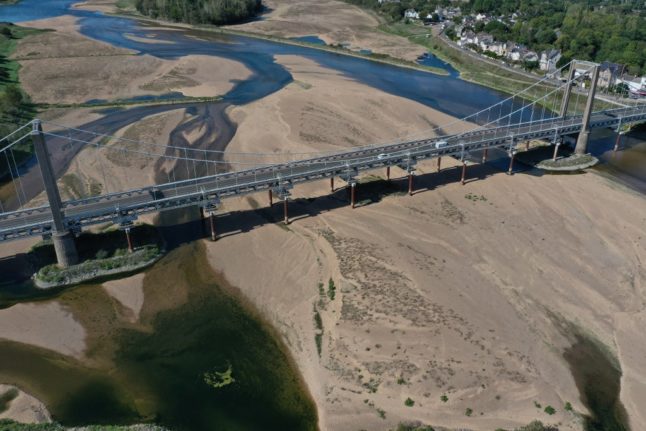“It was an annus horribilis,” France Assureurs president Florence Lustman told Europe 1 radio, citing the hailstorms, floods and droughts that hit the country last year.
Natural disasters cost the industry €3.5 billion on average per year between 2017-2021.
The 2022 figure is the highest since storms pummelled France in 1999.
The insurance federation said the bill from natural disasters will exceed €140 billion over the next 30 years, double the amount for the previous three decades.
Reinsurance giant Swiss Re said in December that natural and man-made catastrophes caused $268 billion of economic losses worldwide in 2022.



 Please whitelist us to continue reading.
Please whitelist us to continue reading.
Member comments